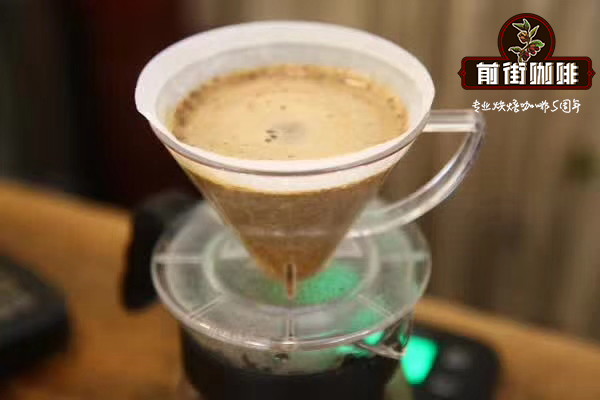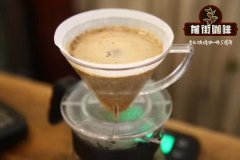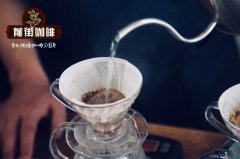Coffee Golden Cup proportion Coffee Golden Cup Rule Coffee Golden Cup Rule what do you mean

Professional coffee knowledge exchange more coffee bean information please follow the coffee workshop (Wechat official account cafe_style)
It is useful to describe two different ways of correlation of coffee cups: (1) intensity and (2) extraction rate. Intensity is basically how strong your coffee is. For example, espresso is much stronger than filtered coffee. The clarity of the coffee cup will be affected by this factor (as well as by other factors). Its strength is usually measured by the total amount of dissolved solids (TDS). It is equivalent to the mass fraction of all non-H2O substances in your cup and can be measured with a refractometer. Some Brix refractometers can be bought for ~ $20; (I use this), but their accuracy is not very good ~ 0.1-0.2% TDS (you also need to convert °Brix to TDS Allen Adler relationship; TDS = 0.85 x °Brix). Refractometers can be very useful for diagnosis and communication, even if they should not replace your taste buds. A more accurate refractometer costs hundreds of dollars. Ideally, you want the coffee to be strong enough without making your senses unbearable, so that you can fully appreciate the aroma of the coffee. It's a matter of personal preference (and background; if the concentration of espresso is twice as strong as filtered coffee, people will think it's very low), but most people prefer TDS with a concentration of 1.15-1.35%.
The extraction rate is the total mass fraction of coffee grounds dissolved in coffee. This variable mainly affects the taste of your cup because different compounds dissolve at different rates in water. You can use less coffee to get a higher extraction rate and eventually get the same strength, but you will have a higher extraction rate, your taste will contain more aromatic compounds, and it will take longer to extract from coffee beans. The typical optimal extract is between 18-22%, and the higher extraction rate corresponds to a more bitter and astringent taste. If you're not sure what astringency means, try raw pears or soak green tea at 100 °C for 5 to 10 minutes. It's hard not to grin. After smiling, your mouth will leave a dry taste: it's a kind of astringency. Lower extraction rates tend to be sour and have more plant flavor. If you know the strength of your cup to the mass ratio of coffee grounds to water you use to make coffee, you can use a simple rule to estimate your extraction rate:
END
Important Notice :
前街咖啡 FrontStreet Coffee has moved to new addredd:
FrontStreet Coffee Address: 315,Donghua East Road,GuangZhou
Tel:020 38364473
- Prev

Why use v60 filter cup v60 filter cup is easy to use v60 filter cup characteristics
Professional coffee knowledge exchange More coffee bean information Please pay attention to coffee workshop (Weixin Official Accounts cafe_style) Why use V60 ? Some people might ask: What's the point of using V60 if I have a great batch brewer at home? I think it is possible to get good results with a clean, high-quality batch brewer (some coffee experts like S.
- Next

How to use the French press filter pot how to use the pressure pot
Professional coffee knowledge exchange more coffee bean information please follow the coffee workshop (Wechat official account cafe_style) French filter press scale paddle grinder kettle step 1 measure and grind coffee. Step 2 heat the French filter press with hot water. Then use this water to water your potted plants. Step 3 add the ground coffee to the sober. Step 4 pour water into the coffee powder
Related
- Beginners will see the "Coffee pull flower" guide!
- What is the difference between ice blog purified milk and ordinary milk coffee?
- Why is the Philippines the largest producer of crops in Liberia?
- For coffee extraction, should the fine powder be retained?
- How does extracted espresso fill pressed powder? How much strength does it take to press the powder?
- How to make jasmine cold extract coffee? Is the jasmine + latte good?
- Will this little toy really make the coffee taste better? How does Lily Drip affect coffee extraction?
- Will the action of slapping the filter cup also affect coffee extraction?
- What's the difference between powder-to-water ratio and powder-to-liquid ratio?
- What is the Ethiopian local species? What does it have to do with Heirloom native species?

